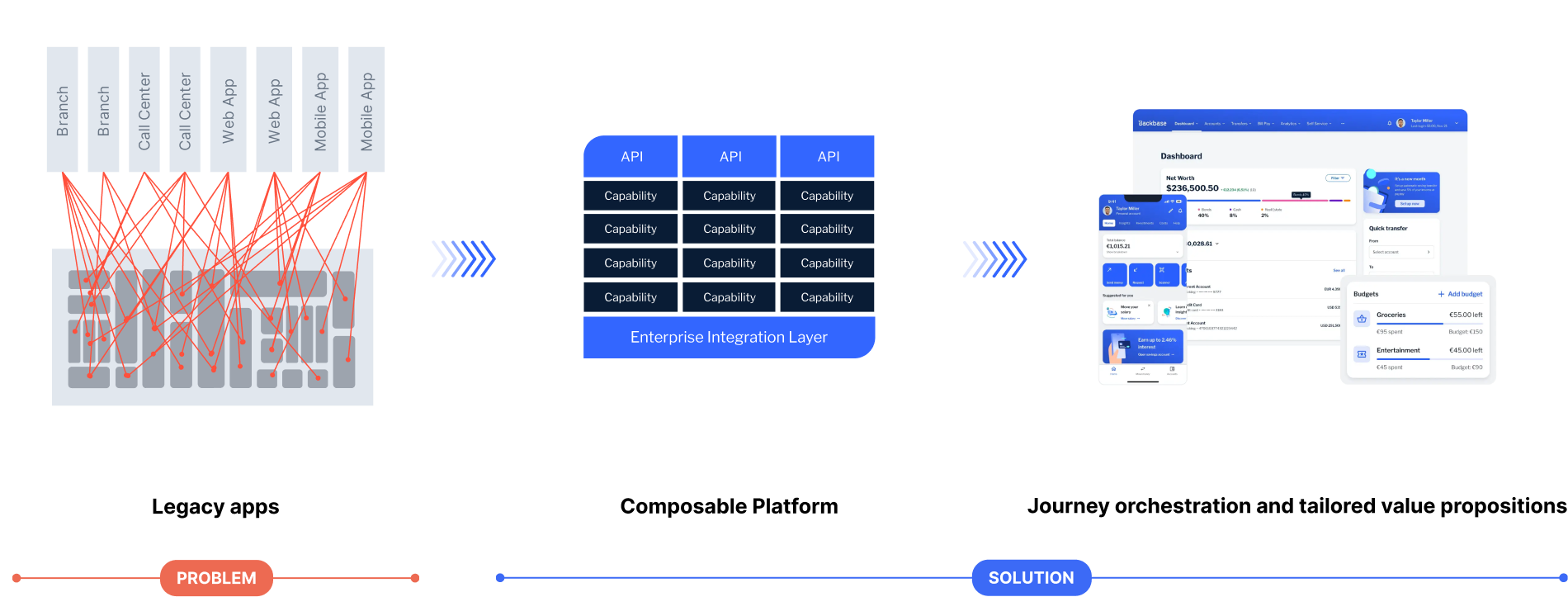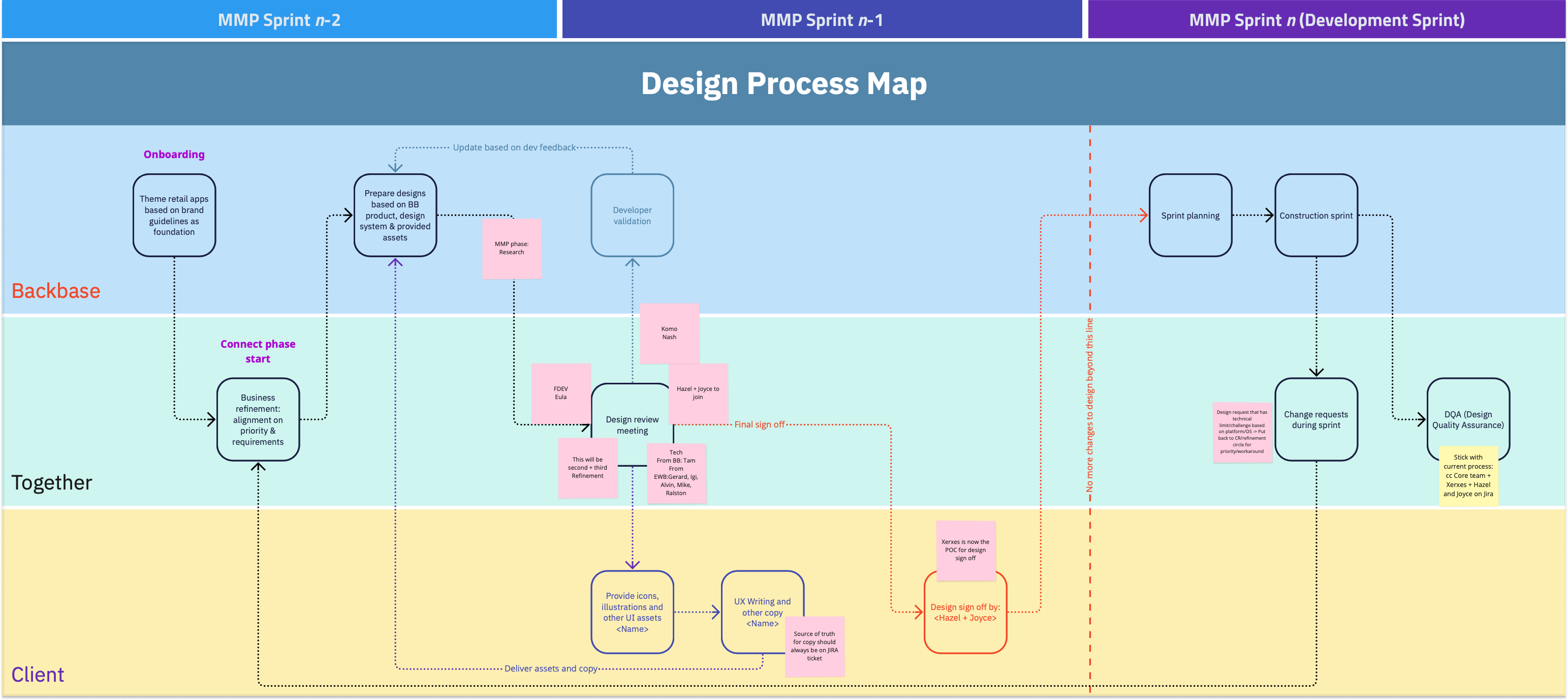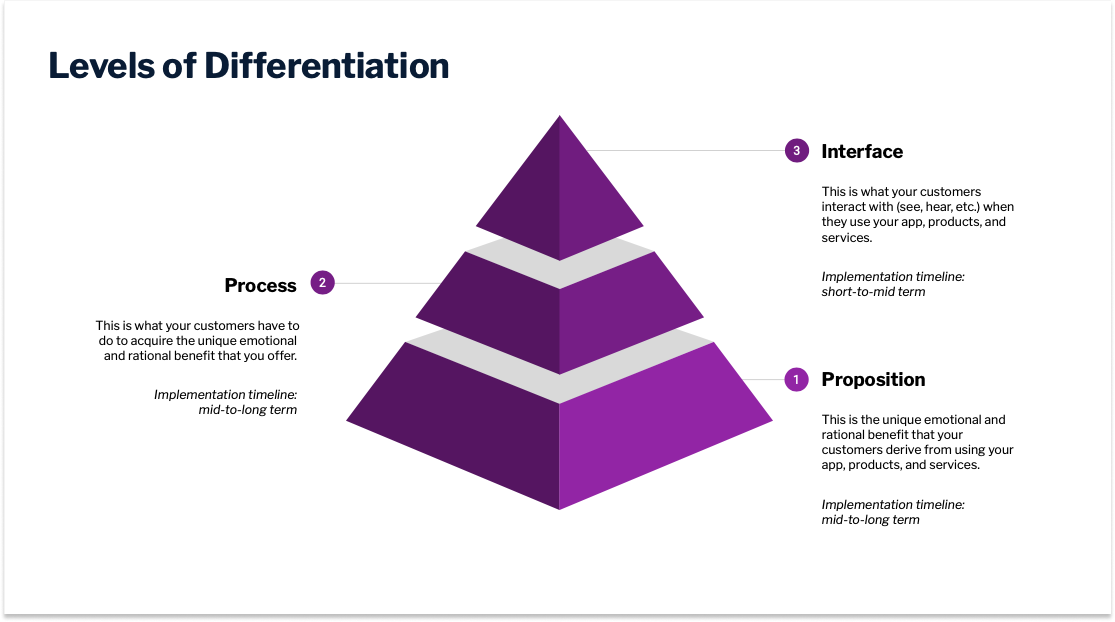
Background
In my role as a Senior UX Designer within Backbase's systems integration practice, I partnered with EastWest Bank, a mid-market Philippine bank (11th in the market by assets under management, USD 6.98 billion), to implement the Backbase core banking platform. EastWest Bank's legacy systems were hindering growth, leading to slow product launches, limited scalability, and a front-end experience that no longer matched user mental models.
To address these challenges, the Core team (myself as the UX Designer, a Business Analyst, a Project Manager, and a Solutions Architect) collaborated to refine requirements, transforming them into actionable User Stories and Tasks for the development teams (Back-End, Web, Android, and iOS) to build a modern, scalable platform for EastWest Bank.

Challenge
User:
Irrelevant Design Focus: Existing designs, created with a European and US focus, fell short for the Southeast Asian and Philippine markets. User needs and cultural nuances were not adequately considered, requiring significant customisation, increasing costs and time-to-market.
Customisation Bottleneck: Local market customisations were based on assumptions because in-depth user research for the region hadn't been conducted.
Business:
EastWest Bank: Their legacy system lacked the capabilities to meet modern banking needs. Low conversion rates for key products and services hampered their growth. Additionally, the lack of differentiation from competitors made it difficult to attract and retain customers.
Backbase: Conflicting priorities existed between Backbase and EastWest Bank. Backbase prioritised implementing a standard solution quickly and cheaply, while EastWest Bank wanted customisation to stand out in the market. The Core and development team, meanwhile, sought to balance these priorities, while finding user-centric solutions to avoid rework.
Tech/Ops:
Backbase Design System: The design system, recently migrated from Sketch to Figma, was incomplete and buggy. Figma component libraries contained errors, and documentation was inadequate. This resulted in a significant time investment to fix bugs, theme to client requirements, and reconcile previously designed features with test cases and acceptance criteria.
EastWest Bank Infrastructure: The lack of readily available APIs within EastWest Bank's infrastructure necessitated design and development based on assumptions, potentially leading to rework down the line.
My Approach
User:
Bridging the Gap: I facilitated close collaboration between Backbase R&D UX researchers and Philippine bank clients and their users. This ensured the product roadmap reflected insights specific to the Philippine market.
Agile Design & Testing: I attempted to establish a design-test cadence with a two-sprint cycle. One sprint focused on requirements gathering, refinement, and user testing, while the other sprint allowed for iteration and developer handoff. This ensured rapid feedback loops and a user-centered design approach. Remote and in-person usability tests were to be conducted to evaluate the fit of HQ R&D designs for the Philippine market, involving a facilitator and a client-product owner notetaker.

Business:
Stakeholder Alignment: I conducted in-person stakeholder alignment workshops to determine the level(s) of differentiation needed for the Philippine market. This improved alignment and clarified understanding of business goals and product direction among key stakeholders.

Tech/Ops:
Collaboration & Efficiency: I collaborated closely with the design system team by actively reporting bugs in the component library and filing tickets, streamlining their workflow. Working closely with the Business Analyst and Solutions Architect allowed for prioritisation and roadmap creation based on available APIs. This reduced risks by ensuring designs aligned with technical feasibility.
Solution
User:
Building a Localised Experience: Standard bill payment journeys often fall short in specific regions. To bridge this gap, I conducted user testing with local users in the APAC region, leveraging an additional designer for both design construction and test results analysis. This collaborative approach ensured the custom bill payment journey we created met the specific requirements of the local market, fostering a seamless and market-relevant experience.

Business:
Prioritising for Impact: During an in-person client workshop, we established a clear differentiation strategy. Focusing on the interface level as a short-term goal allowed for swift and impactful improvements for users. To further optimise the experience, we conducted user testing specifically with Filipino EastWest customers. This enabled us to select brand-appropriate colours and typefaces despite not having brand guidelines for digital interfaces.
Tech/Ops:
Expanding the Solution's Reach: Recognising the potential of this localised approach, we didn't stop at a regional win. The successful bill payment journey implementation was shared with HQ R&D. By showcasing the positive impact of this user-centric design process, we aimed to influence their product roadmap and advocate for its wider adoption across the organization.
Impact
Our user-centered design approach yielded significant improvements for both users and EastWest Bank.
User:
Usability testing of the bill payment journey revealed positive results, indicating a user-friendly experience with room for further optimisation:
Effectiveness: Task completion rate of 66.7% indicates a successful journey for most users.
Efficiency: Efficiency score of 5.33 out of 7 suggests some potential for streamlining certain steps.
Ease of Use: SEQ score of 6 out of 7 highlights the overall intuitiveness of the experience.
Overall Usability: A SUS score of 74.2 demonstrates a positive user experience.
Additionally, the positive app store ratings (>4.5 at launch and currently at 4.6 and 4.5 for App Store and Play Store respectively) further validate user satisfaction with the improved experience.
Business:
EastWest Bank experienced a clear positive impact:
Increased User Empathy: The project fostered a stronger understanding of user needs, leading to a more customer-centric approach.
Improved User Experience: Clients expressed satisfaction with the new UI and streamlined UX, especially for revenue-generating journeys. This likely translates to increased user engagement and potentially higher conversion rates.
Positive Client Feedback: I received positive testimonials in the Backbase client NPS report, solidifying the value of our work.
Tech/Ops:
This project also yielded positive impacts within the design and development teams:
APAC DesignOps Foundation: This project served as the first step towards establishing a region-specific DesignOps approach for Backbase APAC, promoting a more federated product development model.
UX Research Leadership: I emerged as the go-to liaison for UX research within Backbase APAC, positioning myself as a key resource for future user-centered initiatives.

Learnings
This project challenged me in several ways, forcing me to adapt and grow as a designer. Here are some key takeaways:
Global DesignOps & ResearchOps: I learned how my design work integrates into the larger framework of global DesignOps and ResearchOps. This broadened my perspective, allowing me to consider the bigger picture and ensure my solutions align with established processes, and set the precedent for better ones.
Process Improvement: The project required both implementing new design processes (like the agile design-test cycle) and improving existing ones. This experience honed my ability to evaluate and refine workflows for better efficiency.
Overcoming Design System Challenges: Working with a broken Figma library demanded resourcefulness and problem-solving skills. I learned to adapt my workflow to handle inconsistencies and actively report issues to contribute to the system's improvement.
Stakeholder Alignment: Navigating diverging stakeholder priorities was a crucial aspect of the project. From design studio workshops to stakeholder usability testing sit-ins, I honed my communication and negotiation skills to achieve buy-in and ensure everyone's voices were heard.
Strategic Design Maturity: This project served as a valuable opportunity to actively improve design maturity. By advocating for user-centered design principles and showcasing the positive impact of our work, I helped influence product roadmaps and elevate the overall design culture with the clients, and within Backbase.
These learnings have significantly enhanced my UX design skillset and equipped me to tackle future projects with greater adaptability and strategic thinking.
Want to hear more? Connect with me on LinkedIn!

